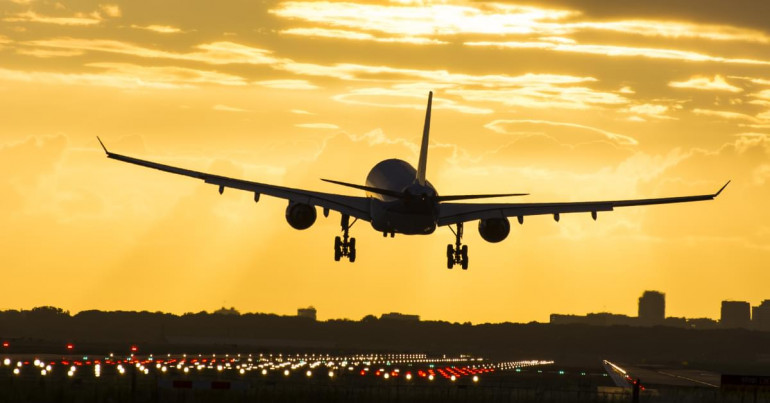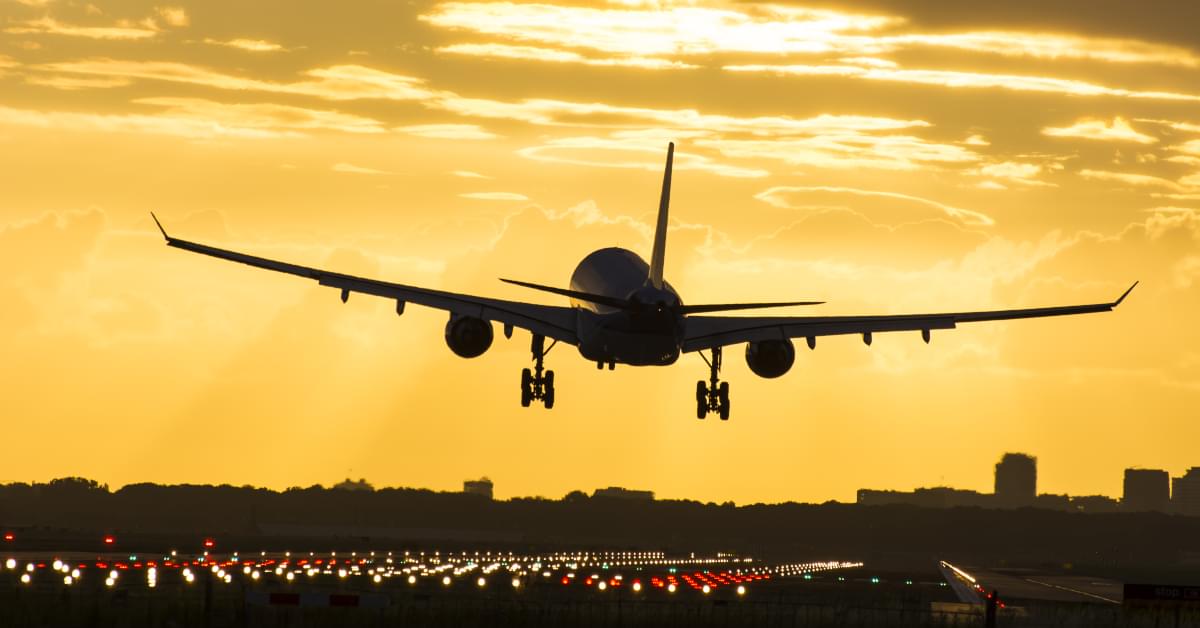
Historically, the price of oil has been inversely related to the strength of the US Dollar. As the currency strengthened, oil become more affordable. Conversely, should oil prices increase, the position of the US as a net importer of oil created a trade deficit. Importers sold off more USD to buy oil, lowering the strength of the Dollar.
In the past, this balance well suited the air travel industry. A reliance on the afforded stability in prices allowed it to focus its attention on more common volatile aspects of the industry, such as human movement and increased processing time due to border controls.
This began to change in the early 2000s. The success of ‘fracking’ and drilling technology drastically increased US oil production, so much so that by 2014, US oil production exceeded that of Saudi Arabia.
The Centre for Asia Pacific Aviation (CAPA) quickly pointed out that a significant percentage of airlines, even those not based in the US, denominate costs in US Dollars. Aircraft purchases, fuel, and international contracts transacted in USD account for 50% of aviation operating costs.
The industry’s widespread exposure to the US Dollar made it vulnerable, especially in the current US economic climate.

Energy crisis throws airlines into chaos
While the value of the US Dollar and oil prices have always varied over time, it remained manageable for airlines. However, the Russian-Ukrainian war soon caused fuel prices to soar and the USD to rapidly gain strength relative to other currencies.
The cost of fuel quickly rose due to the cessation of Russian exports. Simultaneously, the Dollar gathered strength relative to other currencies as investors flocked to the ‘safe haven’ of the USD.
The inflated cost of air travel has, for the most part, been pushed onto customers. Indian low-cost airline SpiceJet warned last summer it would need to raise fares by as much as 15% to account for increased overhead costs and depreciation of the Rupee.
Even international airlines cannot seem to offset costs through ticket sales to US customers. Malaysia Airlines has seen fuel rising to 45% of its operating costs, due in part to the weak Ringgit, when it was typically accounted for 20%.
Worse still is the potential long-term effects that the current crisis may have on the ability of airlines to recuperate. Inflation has inhibited airlines from financing new aircraft, often on orders agreed upon years in advance.
Air freight worsens logistics problems
In theory, port congestion, overflowing shipping yards and rising shipping costs should translate into growth for the air cargo industry. Global demand for air cargo reduced in comparison to 2021 rates. In addition, cargo capacity fell by 19.4% in the key Asia-Pacific region. The Russia-Ukraine war has forced flights to divert and take longer routes to avoid the conflict zone which has hit this part of the world particularly hard.
This has also been an unfortunate turn of events for commuter airlines. Some sought to recover from reduced human movement during the pandemic by temporarily operating cargo-only flights. The air travel industry lost $118.5 billion in 2020 alone, as people avoided travel because of health concerns.
The market saw little issue with the decision to push increased costs onto ticket purchases for luxury travel. However, fuel surcharges for air cargo have added to shipping fees for retailers, manufacturers and food producers. This represents a small, but meaningful, addition to the many factors that drive the current cost of living crisis.
What’s on the cards for the aviation industry?
International freight may be on the decline, but thankfully regional transit routes appear to be unaffected. Indeed, many domestic cargo flights have increased in capacity and throughput. Some regional UK airports, such as Bournemouth Airport, report that, despite having almost no cargo flights in April 2020, aim to achieve up to 50,000 tonnes of throughput by 2030.
In addition, air travel statistics returned to year-on-year, rather than pre-covid, traffic comparisons. Even if the size of these markets is still significantly smaller than in 2019, strong figures suggest a relatively quick recovery in international travel.
The major exception is China, which renewed its lockdown measures in Shanghai in April 2022. As a result, a 73.2% fall in domestic travel hindered the otherwise strong recovery of international traffic.

How airline companies protect themselves through FX hedging
Throughout the economic crisis, airlines attempted to insulate themselves from FX volatility through comprehensive, long-term hedging strategies.
Virgin Atlantic airline has long since taken out protection against a fall in the Sterling, while Ryanair is hedged at €1.24 to the dollar until 2026.
FX risk management and financial strategies are not just useful to multinational corporations. SMEs and startups are also vulnerable, owing to their relative lack of capital reserves to draw from as they weather the current inclement economic climate. Reports state that more than half of UK-based SMEs risk collapse from rising energy prices.
If you don’t want to go the way of the dodo (or the fossil fuel), contact us today to discuss your FX exposure. Our network of regulated payment partners can help you secure your bottom line against future swings in the market.
Matthew Swaile
Copywriter
Florence Couëdel
Editor



